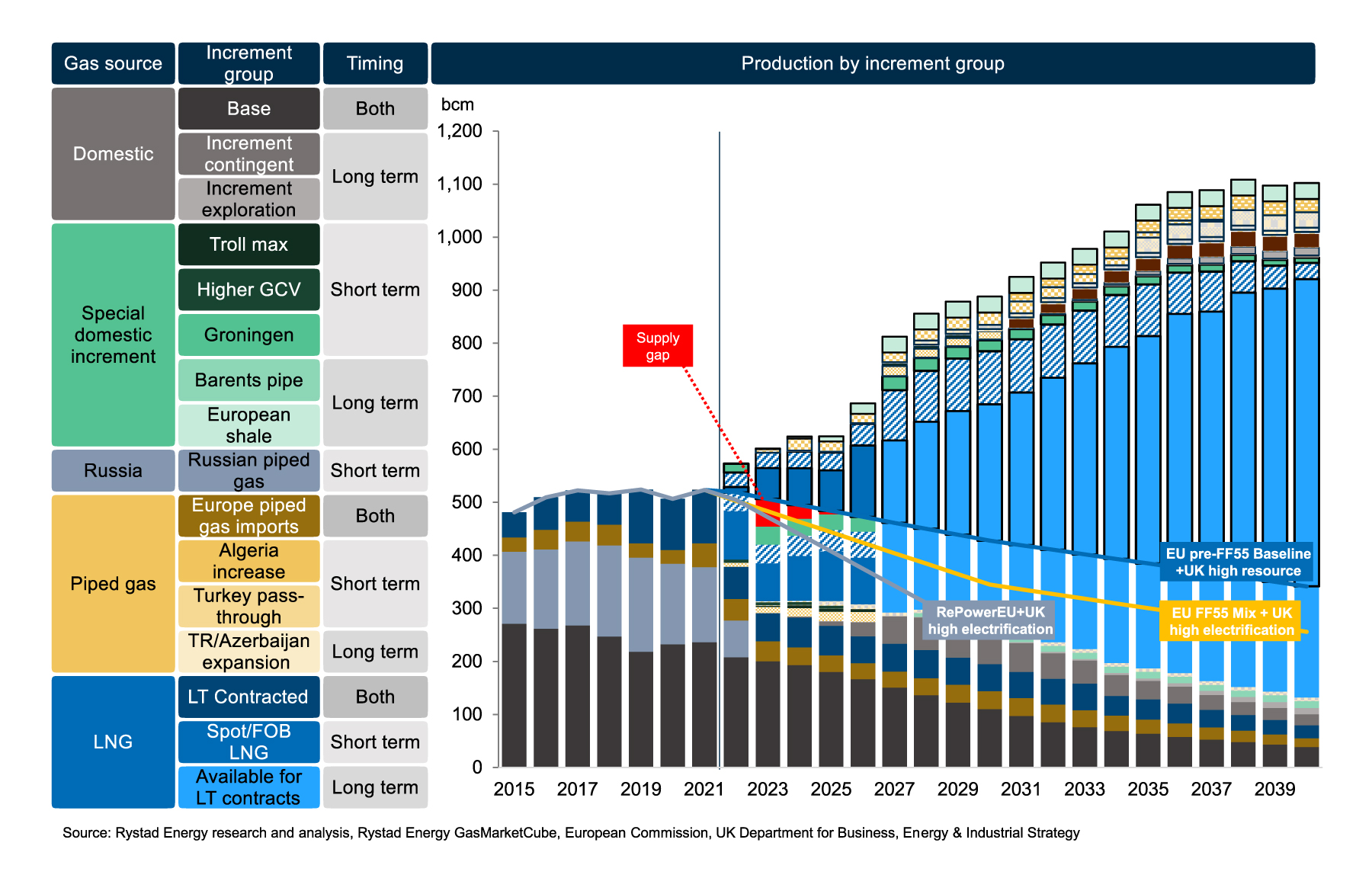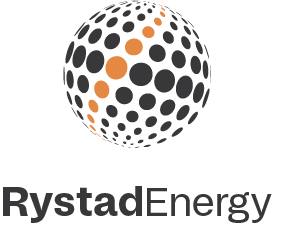
In the current energy crisis, will Europe be able to substitute Russian gas imports?
If so, by when and how?
IOGP Europe and the American Petroleum Institute (API) have mobilized their industry’s knowledge and asked Rystad Energy to explore this question in detail in an upcoming study.
This unique study builds on insights from the full gas value chain, thanks to the technical input from the European Network of Transmission System Operators for Gas (ENTSOG) and Gas Infrastructure Europe (GIE).
scroll down
the report asks:
Can Russian gas supplies be replaced in the short term? How?
Which key gas supply sources need to be developed to enable the longerterm rebalancing of Europe’s supplies?
Is the European infrastructure able to handle new flow patterns and peak day supply?
Main findings
2023 to 2025
The market will remain tight in case of a full Russian supply cut, as alternative supply sources progressively come online.
- High prices attract LNG cargoes, incentivize the full production of existing fields in Europe and maximize pipeline imports from
neighboring countries.
- Significant demand reduction can be expected in a continued high price environment, as households and industry reduce consumption and switch to alternative energies.
- Europe’s interconnected gas infrastructure and integrated gas market make a significant contribution to energy resilience by rebalancing flows within the region (especially West-to-East).
2026 onwards
New long-term supplies from abundant and low-cost global resources can fully substitute Russian supplies and rebalance the market.
- Long-term LNG imports can become the key alternative supply source in addition to maxed out domestic resources and pipeline imports
- Long-term contracts are needed to underpin LNG capacity while some adjustments to the European gas infrastructure are needed.
- Cost of developing and supplying these alternative volumes to Europe are expected to let European gas prices drop to pre-Crisis expectation levels.
A full Russian supply cut would create a gap up to 2025-2026
but the market can rebalance by 2027 if long-term LNG supply contracts are secured now
what can policymakers do?
European Production
- Reassess the potential of all European natural gas production sources, in line with climate objectives due to their significantly lower carbon footprint.
- Member States should review their NECPs to reflect the potential of these domestic resources.
- Recognize the significant role of Norway as reliable supplier and further deepen the partnership (possible exemption on Barents Sea).
New Imports
- While the EU can facilitate the sourcing of new supplies with third countries, contracts should continue to be concluded between market participants in competition with each other.
- Long-term LNG purchases and infrastructureuse contracts are needed and should be supported by an appropriate European legal framework.
- Address missing North America midstream infrastructure bottleneck (pipeline capacity, liquefaction) to fully enable LNG exports to Europe.
Infrastructure
- Address bottlenecks to increase system resilience and harvest benefits from further EU market integration.
- Consider establishing a short-term / emergency Projects of Common Interest instrument to support necessary EU network, LNG regas, and storage reinforcements.
- Carefully reassess gas demand reduction forecasts and infrastructure downsizing with aim to ensure security of supply.




